Defensive driving is more than a set of techniques; it’s a mindset and a discipline. Discover how simple habits can train your reflexes, boost your focus, and build muscle memory on safe driving techniques, helping you stay calm and react swiftly when it matters most.
Defensive driving isn’t just about obeying traffic laws or knowing how to steer out of a skid. At its core, it’s a philosophy that blends knowledge, alertness, foresight, judgment, and skills, to anticipate and avoid danger on the road. But to truly excel, drivers must hone both their minds and bodies, transforming safe driving from a checklist into an instinct.
Why reflexes matter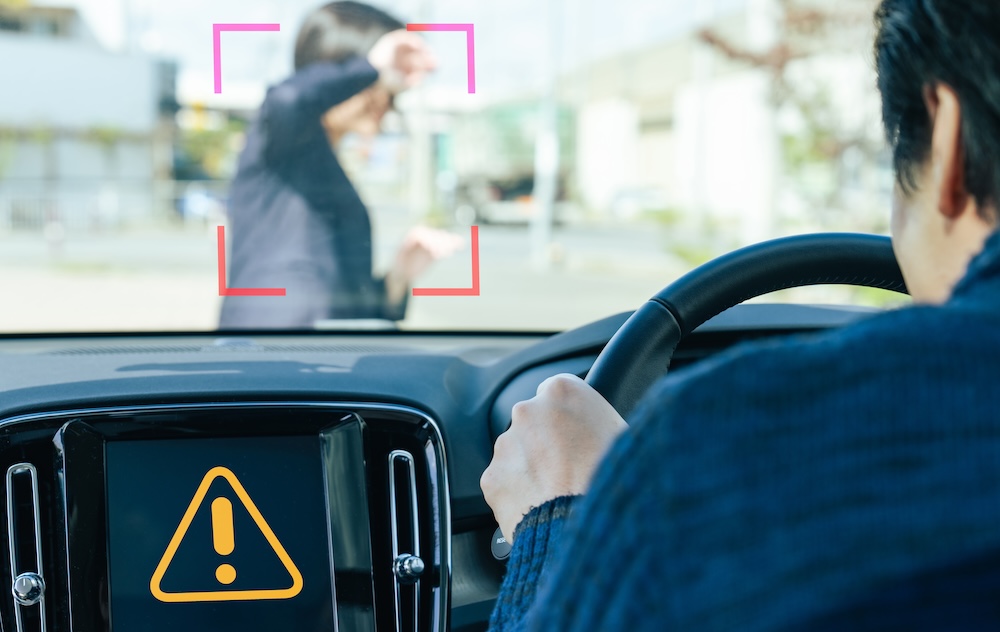
Quick reflexes are a defensive driver’s secret weapon. Because the road is never the same from one moment to the next, sharp reactions enable you to brake for sudden obstacles, swerve safely around unexpected debris, or adapt to the unpredictable actions of others on the road. While some reflexes are innate, most can be improved with deliberate training, both mentally and physically.
Mental Habits: Training the mind for the unexpected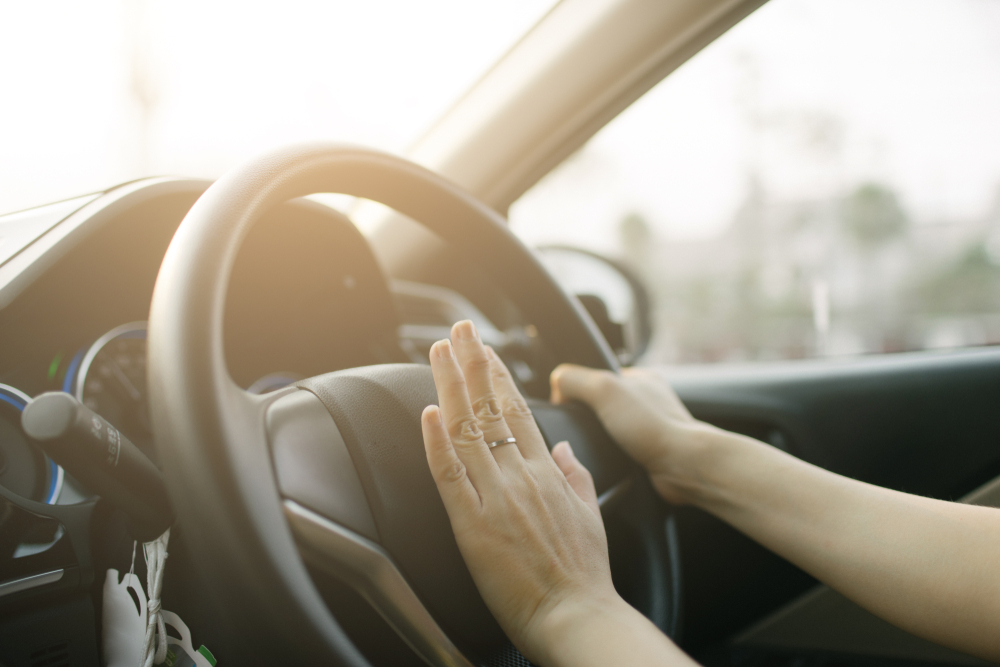
- Stay alert and present: Alertness is the foundation of defensive driving. This means more than just keeping your eyes open—it’s about being mentally engaged with your surroundings. Routinely scan your mirrors, check your blind spots, and monitor the road ahead for potential hazards. Avoid distractions and practice “commentary driving”—saying aloud what you see and plan to do to stay focused.
- Challenge yourself: Driving routines can become monotonous, potentially leading to lapses in attention. To stay engaged safely, consider setting simple mental goals, like aiming for smooth braking or predicting when traffic lights might change. These positive challenges are designed to enhance, not distract from, your focus on the road, helping you remain alert and responsive to changing conditions.
- Practice mindfulness: Before starting your car, take a deep breath and centre yourself. Notice how you feel and consciously focus on the present moment. Mindfulness helps reduce stress and anxiety, both of which can cloud judgment and delay reaction times. This habit is also a powerful tool against road rage; by acknowledging your emotions without letting them control your actions, you can stay calm even when faced with frustrating situations on the road. By practising mindfulness, you learn to respond thoughtfully rather than react impulsively, making you a safer and more composed driver.
- Build hazard foresight: Defensive drivers never assume others will do the right thing. Scan ahead and predict possible scenarios, like a car merging suddenly or a pedestrian stepping onto the road. This foresight lets you prepare rather than merely react.
- Manage stress and emotions: Aggression, anxiety, and overconfidence undermine safe driving. Stress narrows focus, increases muscle tension, and can lead to poor decisions. Develop pre-drive relaxation routines, plan trips to avoid time pressure, and recognise when emotions are affecting your driving.
Physical Habits: Training the body for fast, calm action
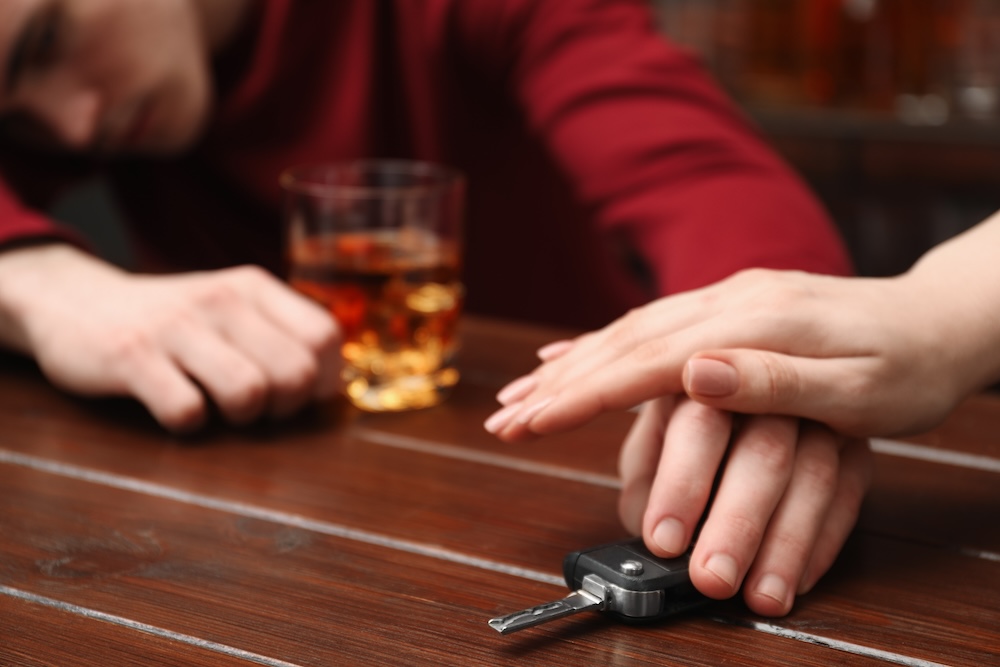
- Exercise for reflexes: Much like what Formula 1 drivers train for, physical fitness, especially exercises that improve hand-eye coordination and cardiovascular health, directly boosts your reaction speed. Activities like tennis, table tennis, or even video games requiring quick responses can sharpen your reflexes for the road.
- Practice emergency manoeuvres: Find a safe, empty parking lot and practice emergency stops or quick swerves. Repetition builds muscle memory, so when a real emergency occurs, your body reacts automatically and efficiently.
- Sleep and nutrition: Fatigue is a silent killer. Fatigue is a silent killer on the road. Microsleeps, brief, involuntary lapses in attention, can be deadly when you’re behind the wheel. To safeguard your reflexes and focus, prioritise good sleep habits and avoid driving when you’re tired. Additionally, eat a balanced, nutrient-rich diet to support healthy brain function, and stay well hydrated to preserve peak cognitive performance. These habits work together to keep your mind sharp and responsive during every drive.
Avoid impairing substances: Both alcohol and excessive caffeine can negatively affect your reaction time and overall focus behind the wheel. Alcohol, even in small amounts, slows your responses and impairs judgment, so it is essential never to drive after drinking. Excessive caffeine, while a stimulant, can also lead to jitteriness and poor concentration, which may compromise your ability to remain attentive. As part of a healthy lifestyle and for optimal defensive driving, limit your intake of these substances, and always ensure you are sober, alert, and calm whenever you get behind the wheel.
Building Muscle Memory: Turning training into instinct
Muscle memory is the result of repeated practice; your body learns what to do without conscious thought. For drivers, this means:
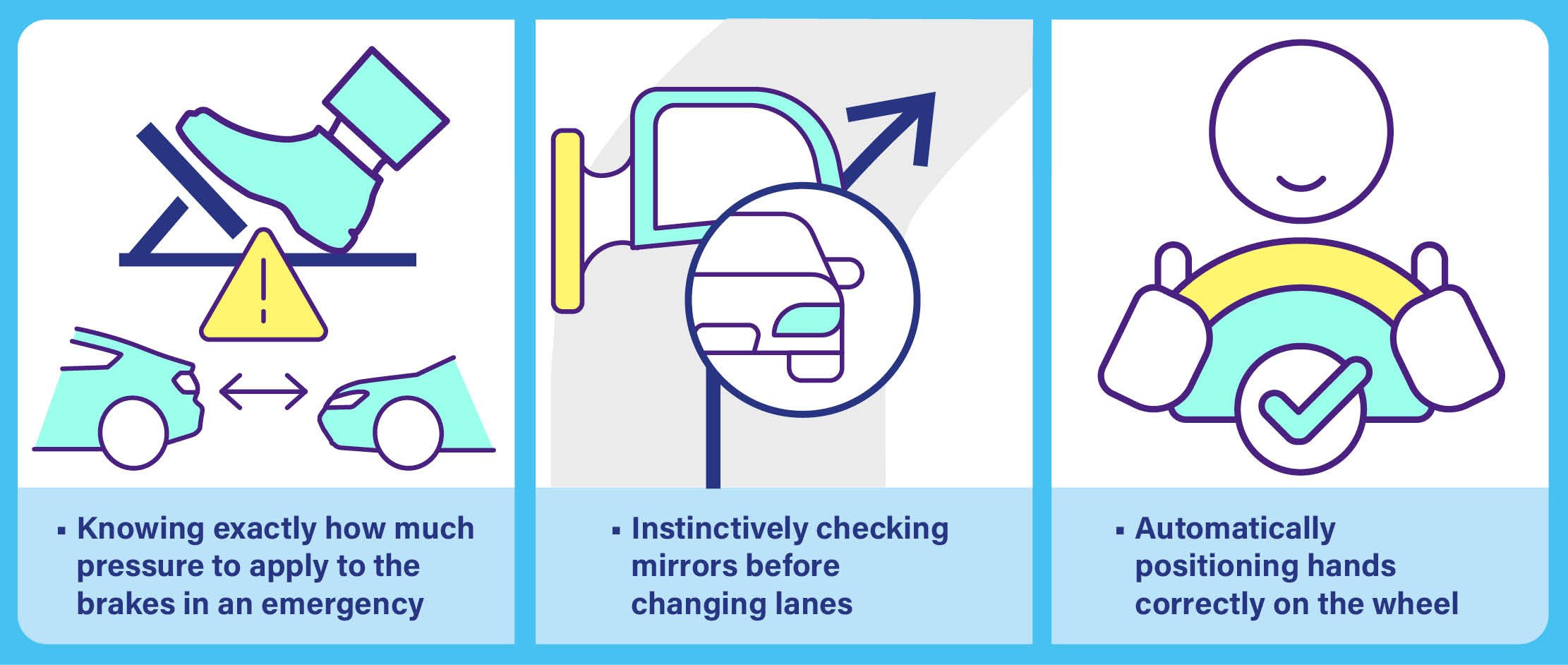
Regularly practising these skills, both in real driving and controlled environments, ensures your reactions are swift and precise.
Lifestyle Habits: Supporting your defensive driving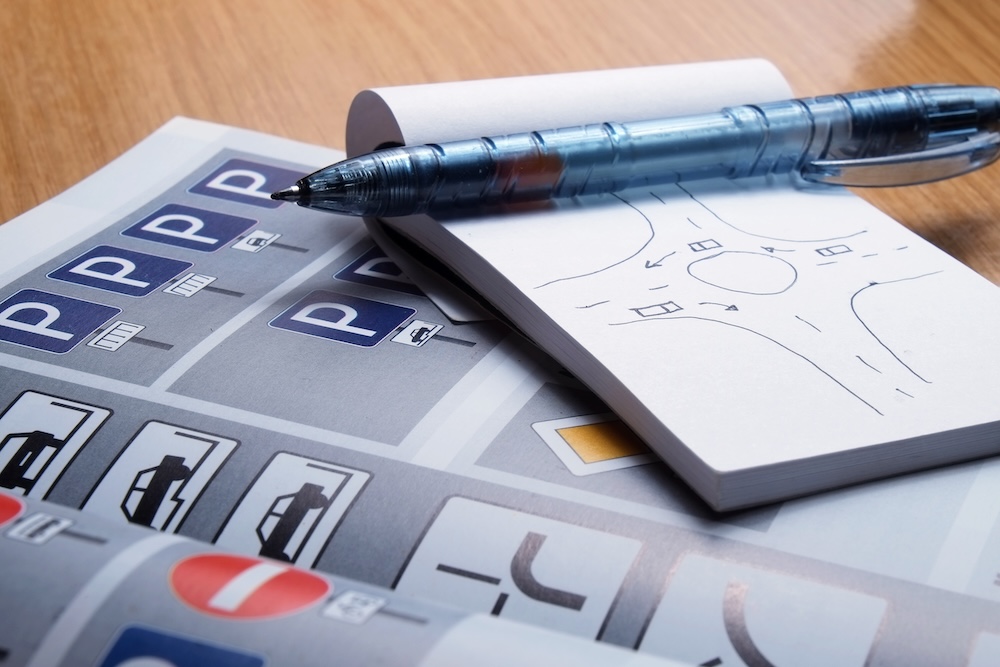
- Rest and recovery: Driving while fatigued is as dangerous as driving under the influence. For optimal safety and alertness, it is recommended that drivers take a break of at least 15 minutes every two hours of driving. This allows enough time to stretch, walk around, use the restroom, and recharge both mentally and physically before getting back on the road.
- Hydration and diet: Even mild dehydration can reduce cognitive processing. Keep water in your car and snack on foods that fuel your brain, like nuts and fruits.
- Continuous learning: Road safety and successful defensive driving rely on more than just knowing the rules; it’s about adapting to the ever-changing landscape of your route. In Singapore, where construction and road diversions are frequent, drivers must make a habit of checking for real-time updates on traffic conditions, roadworks, and detours before and during their journeys. Monitor reliable platforms such as the Land Transport Authority’s OneMotoring service, Waze, or local Telegram channels for information about current traffic incidents, road closures, and ongoing construction.
Defensive driving as a lifelong discipline
Training your reflexes as a defensive driver is a continuous journey. By cultivating sharp mental habits, practising physical skills, and supporting your body with healthy routines, you transform safe driving from a conscious effort into second nature.
The road is unpredictable, but with the right habits, you’ll be ready to face any challenge, calmly, quickly, and safely. With these habits, every driver can sharpen their edge and become a true guardian of the road.



